Category: Festivals of India
Aoling Festival – Celebrations of the Konyak Head Hunters
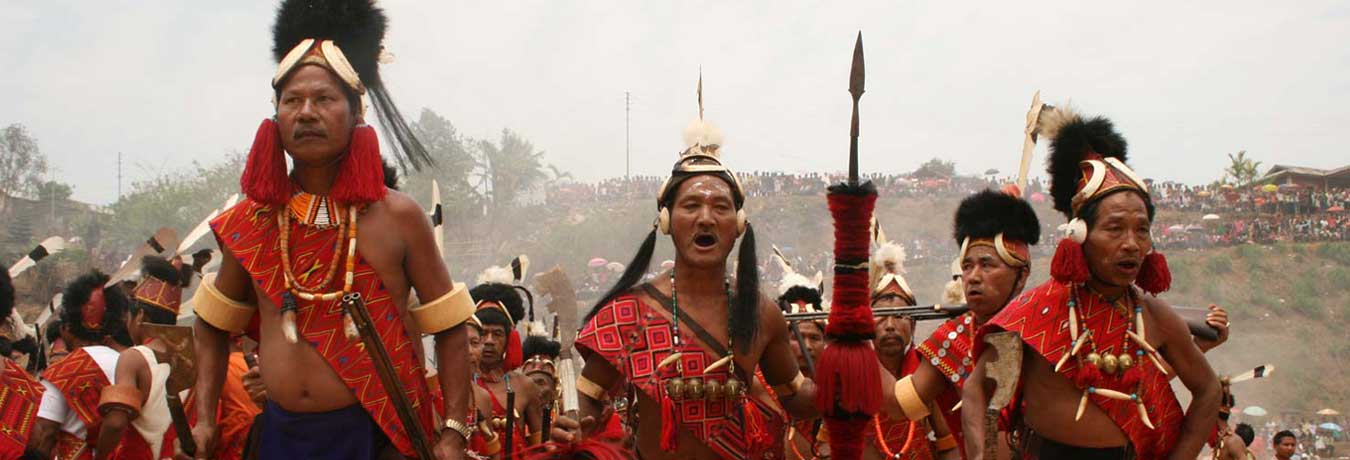
Tucked deep inside the forested hills of Mon in eastern Nagaland (Northeast India), lives a tribe known as Konyak Nagas. Famed in the past as a deadly head-hunting tribe of Nagaland, the Konyaks today live a peaceful life practicing terraced agriculture, drinking home brewed rice beer, smoking opium and occasionally hunting.
Thankfully, the recent tourism burst in the North Eastern frontiers of India has not diluted their fascinating culture. The first week of April is the best time to meet these tribesmen, as it’s the time when they prepare for and celebrate their annual spring celebration known as Aoling Festival. It marks the arrival of the spring season and the start of the Konyak New Year. It is this time of the year when these head-hunters are in their most jovial spirits.
Weeklong Process of Aoling Festival
It is a weeklong festival, divided into four stages of celebration. The first three days of the Aoling festival are called Hoi Lah Nyih, Yin Mok Pho Nyih and Mon Shek Nyih. The first day is spent gathering firewood, collecting vegetables, preparing rice beer and weaving traditional attire and ornaments. On this day they also take part in the traditional ritual of foretelling, where chickens are sacrificed and the future is prophesised based on the shape of the chicken’s intestine!

The second and third days are spent searching for domesticated animals that will be sacrificed in the festival. During these days, the young boys of the tribe are also trained to follow the traditional male practices.
The fourth day, Lingnyu Nyih, is the liveliest day of the week where men and women of all ages dress in their best traditional outfits and jewellery. The whole day is meant for dancing, singing, community drinking and feasting. On this day the primitive headhunting rituals of the Konyak tribes are also re-enacted, where the Konyak men start their dance from the village gate, shoot their guns in the air and hold their imaginary enemy’s head to display power and victory.

The remaining two days Lingha Nyih and Lingshan Nyih are spent honoring and remembering loved ones that have passed away and meeting families and relatives.
During your time at the Aoling Festival, you will be amazed not just by the zest of the Konyak hospitality but also their sustainable way of living. Few of the villages, such as Lungwa, fall on the border of India and Myanmar. Interestingly, half of the hut of the chief is located in India and the other half in Myanmar. In some villages you will find a great collection of human skulls, a reminder of the Konyak’s savage history. At that time, taking off an enemy’s head was believed to increase the fertility of the crops as well as of the warrior.

In the 1950s, headhunting was banned by the Government of India. The efforts of the Christian missionaries have also curbed the barbaric practice. Nevertheless, the aura of the head-hunters remains.
If you wish to travel to the land of the Konyak Nagas to celebrate the Aoling festival, you just need to Contact Us and we will craft a tailor made tour that will allow you to discover the ancient tribes and cultures of North East India.
Hemis Festival Ladakh Photo Essay
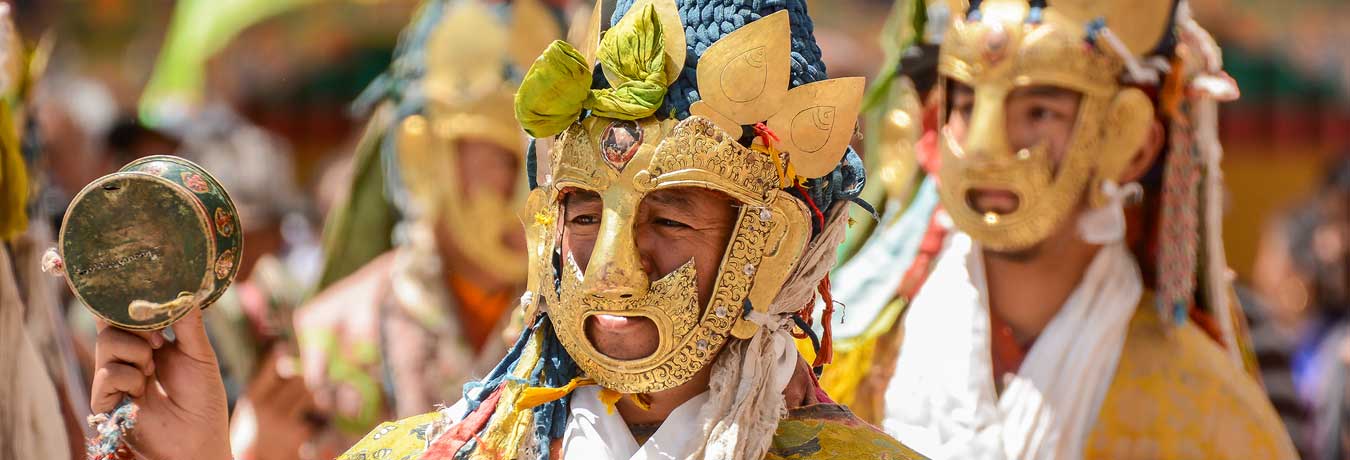
The Hemis Festival is a spectacular two-day event celebrated on the courtyard of the Hemis Monastery, situated 25 miles southeast of the town of Leh in Ladakh. It is the biggest and oldest monastery in the region (built in the 11th century). Every year, culture curious travelers and locals throng this ancient monastery to commemorate the birthday of Lord Padmasambhava (Guru Rinpoche), the founder of Tibetan Tantric Buddhism. This two day extravaganza falls every year on the 10th day of the Tibetan lunar month. Visitors can enjoy a fascinating mask dance performed by the monastery lamas to the accompaniment of drums, cymbals and long horns. It is a sight to behold and in this photo essay we have made an effort to share some beautiful images of the mystical Hemis Festival.
The festival will be celebrated on the 15th of July this year. Contact us if you want a tailor made itinerary to attend this spectacular event in the transcendental Himalayan land of Ladakh.
Zuley!
Images from the Hemis Festival
All the above images of Hemis festival have been sourced from Instagram.com to visually transport you to this grand event. To know more about festivals in Kashmir & Ladakh Valley use the comment box or write us at enquiry@indusdiscoveries.com
Unique Festivals of India
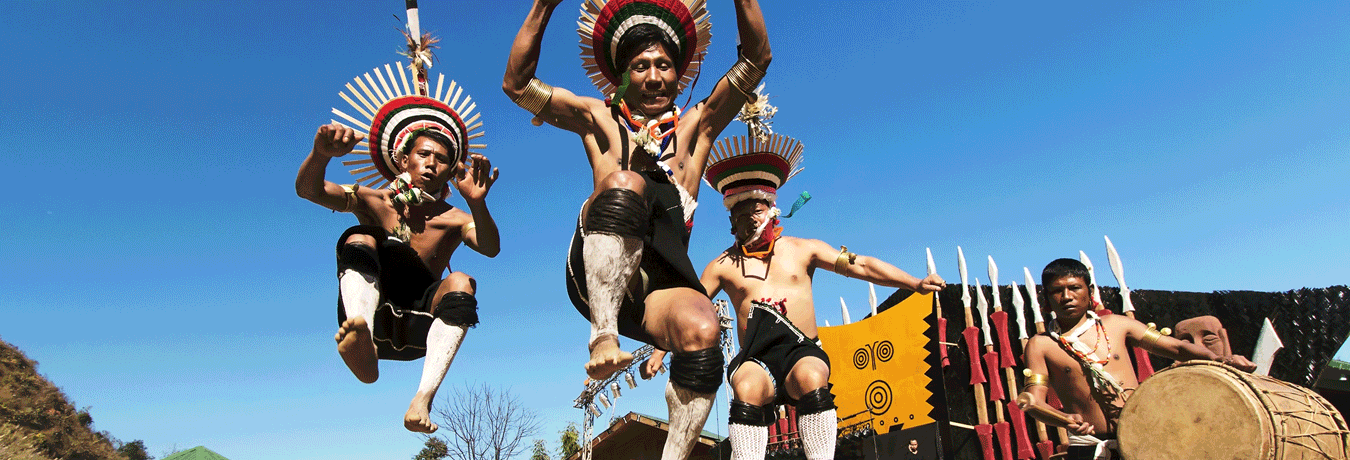
Treasuring and nurturing a consummate blend of varied social beliefs, religions, rituals and festivals – India is an incredibly diverse nation and an enigma to many in the world. A nation with the most number of young people in the world, India owes its multiplicity to a variety of colourful cultures, which are represented and celebrated in the form of festivals and fairs across the nation. Some of these festivals and their rituals are simply inimitable and they are zealously celebrated and followed by the people of India. The obvious reason is that most of these bizarre rituals are related to the various social and religious beliefs of the Indians. Over the centuries, these religious beliefs have not only remained the core of the overall cultural progress of India, but they have also paved the path for some unusual practices, which defy any possible logic or explanation. Let us check out some unique festivals of India, which will certainly give you the goosebumps.
Nag Panchami, All-India
Many notable English writers, beautifully described the distinctiveness of India in their books and colloquially referred this nation as the land of snake charmers and jugglers. The modern India has come a long way since those days but has not lost her sheer affection and fascination for snakes. There are innumerable tales about snakes in Hindu mythologies, which also give a legendary title to these serpents in India. Nag Panchami is a festival which is dedicated to the snakes. It is one of the most important festivals, which is celebrated across the nation during the month of Shravan or July/August. Monsoon rains soak the greater part of India during these two months and force snakes to come out of their holes that get inundated with water. To start the celebration, people bring poisonous snakes to temples. Then, they feed and worship them without removing their venomous fangs. It is believed that snakes do not bite on this festival. After praying to these snakes, people offer rats and milk to them and finally set them free.
In 2016, Nag Panchami falls on 7 August (Sunday)
Karni Mata Festival, Rajasthan
This festival is celebrated in the renowned Karni Mata temple of Bikaner, Rajasthan. This is the only temple in the world, where devotees offer prayers to thousands of rats and feed them! According to the popular belief, mystic Karni Mata was a reincarnation of the Goddess Durga and had supernatural powers, which she used to help the poor people. Once she disappeared, her house was established as a temple by the devotees. Priests of the temple believe that the house is around 600 years old and the rats which live in this temple are children of the Goddess Durga and one can attain salvation by offering prayers to them. The Karni Mata temple is situated in the Deshnok town in Bikaner.
When: This festival is celebrated twice a year during the months of March-April and October-November, during Navratras, according to the Hindu calendar.
Thaipusam Festival, Tamil Nadu
This festival is strictly not for the faint-hearted. Besides Tamil Nadu, this festival is also celebrated in some Southeast Asian countries like Singapore, Sri Lanka and Thailand. The related rituals of this festival are based upon the concept of embracing self-inflicted pain to attain purity. To celebrate this festival, Hindu devotees put themselves through some excruciating pain by piercing the various parts of their bodies. It is believed that by receiving pain, one can wash away his sins and seek the blessings of the God Almighty. For outsiders, this festival would appear like a brutal treatment of the human flesh as the devotees torment themselves to a great extent by piercing their bodies with skewers and hooks. According to the mythological beliefs, once the Goddess Parvati gave a spear to another God called Murugan to kill a demon. Well, this festival is celebrated to mark that occasion. Devotees start the festival by chanting prayers and mantras before reaching a state of trance. This is followed by a few days of fasting and finally with the ritual of body piercing. Some devotees take the torture of the flesh to the next level as they try to pull heavy objects, including tractors with the hooks of their skin. Some folks also impede speech by piercing their tongue to pray to the God with the utmost concentration.
Where: Palani, Tamil Nadu
When: In 2016, this festival begins on 24th January
Bani Festival, Andhra Pradesh
This festival defies the very logic, which is related to the concept of celebration. Hundreds of lathi-wielding devotees come from the far and wide corners of Andhra Pradesh and Karnataka and gather in the courtyard of a temple to hit each other! Armed with these lathis or wooden sticks, these devotees hit each other on the head at midnight to mark the beginning of this celebration. This festival is celebrated at the Devaragattu Temple in the Kurnool district of Andhra Pradesh. Innumerable devotees hit each other badly and the celebration continues until the dawn of a new day. This event presents scenes, which appear barbaric, as many participants soak in their own blood and some of them receive grave injuries. According to the mythological tales, this unique festival is celebrated to commemorate the killing of a mighty demon by the Lord Shiva. Authorities also deploy policemen, not to obstruct the celebration, but to control the frantic crowd.
When: October/November
Agni Kheli, Karnataka
It is an 8-day festival, which is celebrated at the Kateel Durga Parameswari Temple in Mangalore during the month of April. Known as the fire festival, it attracts hundreds of devotees, who come from the various corners of Karnataka to participate in this bizarre fireball slinging celebration. The celebration starts with the devotees dividing into two teams and then they indulge in fireball throwing ceremony. Interestingly, the participants wear nothing but loincloths when they face a barrage of fireballs in this festival. If someone catches fire, his teammates spray holy water on him. This water is known as Kumkumarchane. This festival not only poses a grave danger to the participants but also to the spectators.
When: April
Theemithi, Tamil Nadu
Though, it has become a worldwide phenomenon these days, the fire-walking ritual actually started in Tamil Nadu and later on spread to other countries like Singapore, Sri Lanka and South Africa. This festival is called Theemithi. It is a part of a large ceremony and rituals, which are celebrated over a period of a two-and-a-half month. Devotees gather on a ground and walk barefoot on a bed of embers. This festival is celebrated in the honour of Draupadi, who was the wife of the Pandavas -according to the mythological book Mahabharata. It is believed that Draupadi walked across a bed of embers after the battle of Mahabharata and emerged unscathed. The celebration involves re-enactment of the same ritual to seek the blessings of the Goddess.
When: During the months of October and November.
Puli Kali, Kerala
This festival is celebrated in the Thrissur district of Kerala. The rituals of this festival present a mesmerizing spectacle, which is about some sizzling colours and raw energy of the participants. Trained artists perform during this festival, which is celebrated on the fourth day of Onam, one of the biggest festivals of South India. The participants paint themselves in bright colours like yellow, red and black – then dance to the traditional folk beats in the streets of Thrissur. The participants dress in tiger print garments and use the makeup to appear like tigers. Each year, thousands of people gather in the streets of this district to enjoy this enthralling spectacle.




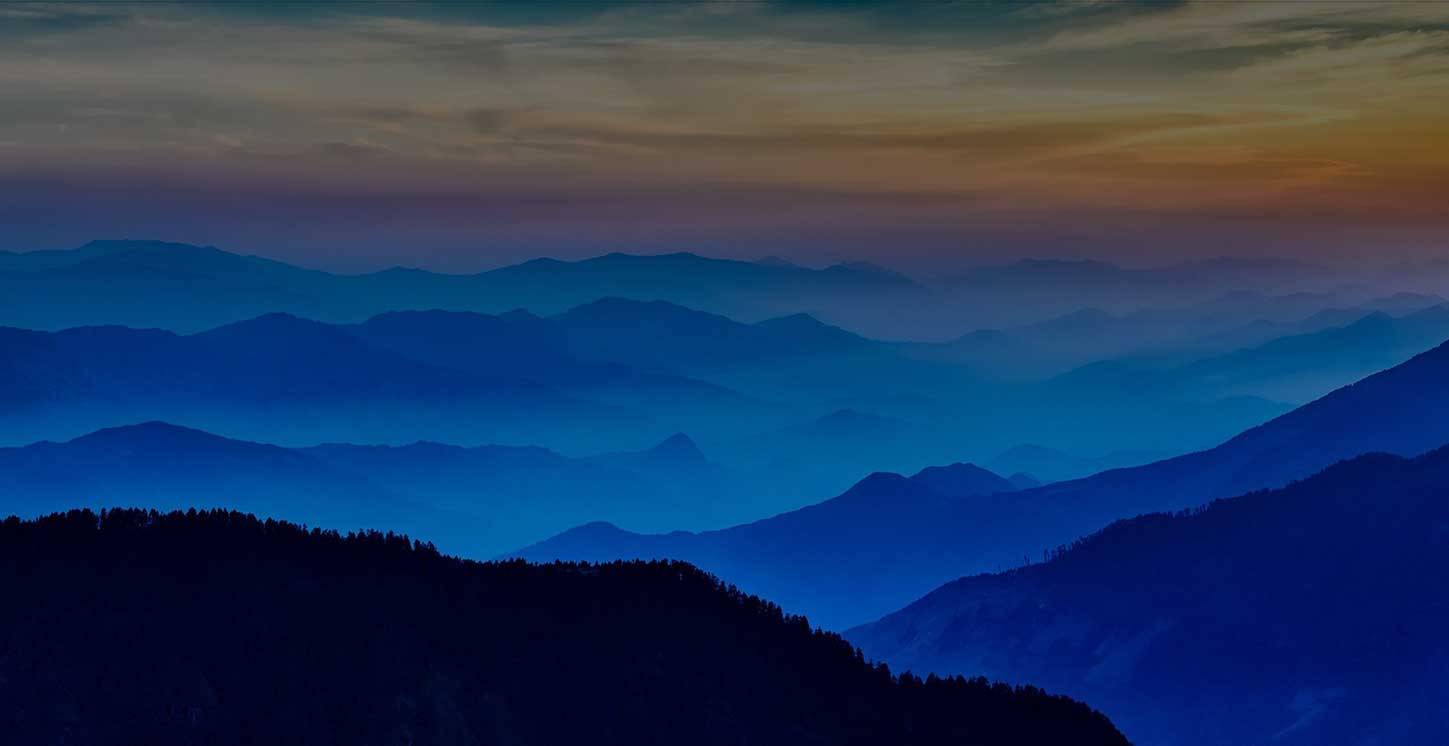
 +1-(765)-586-1210
+1-(765)-586-1210 +44-2030-2689-44
+44-2030-2689-44 +91 124 4361906
+91 124 4361906
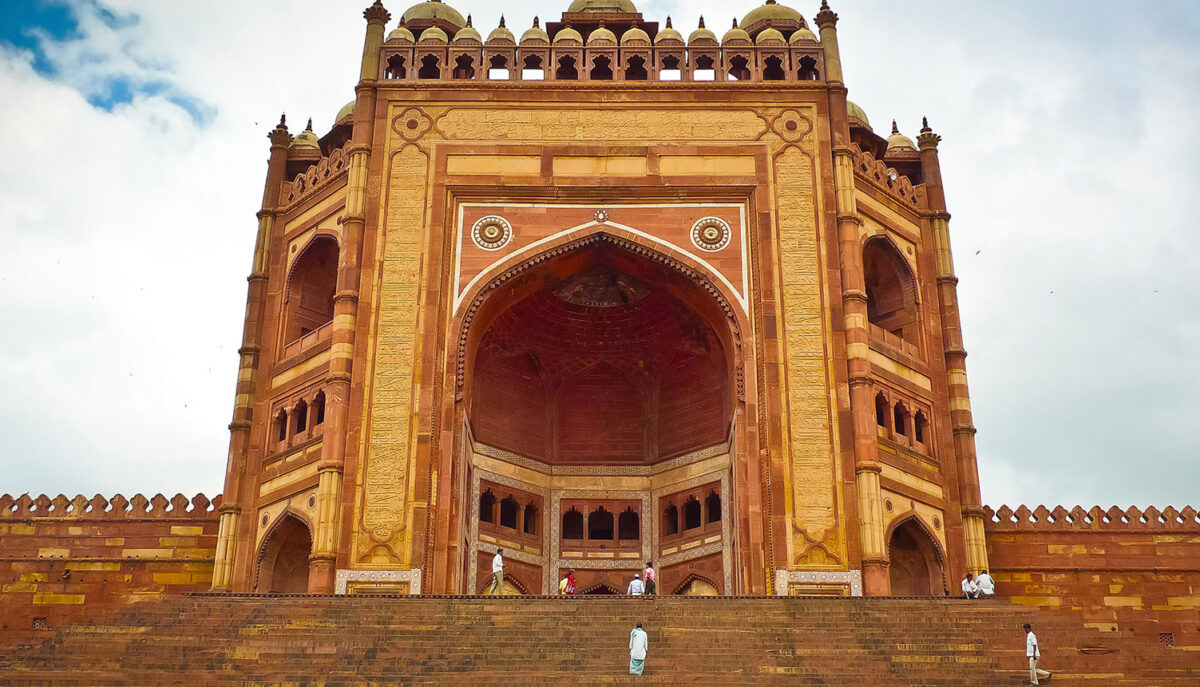
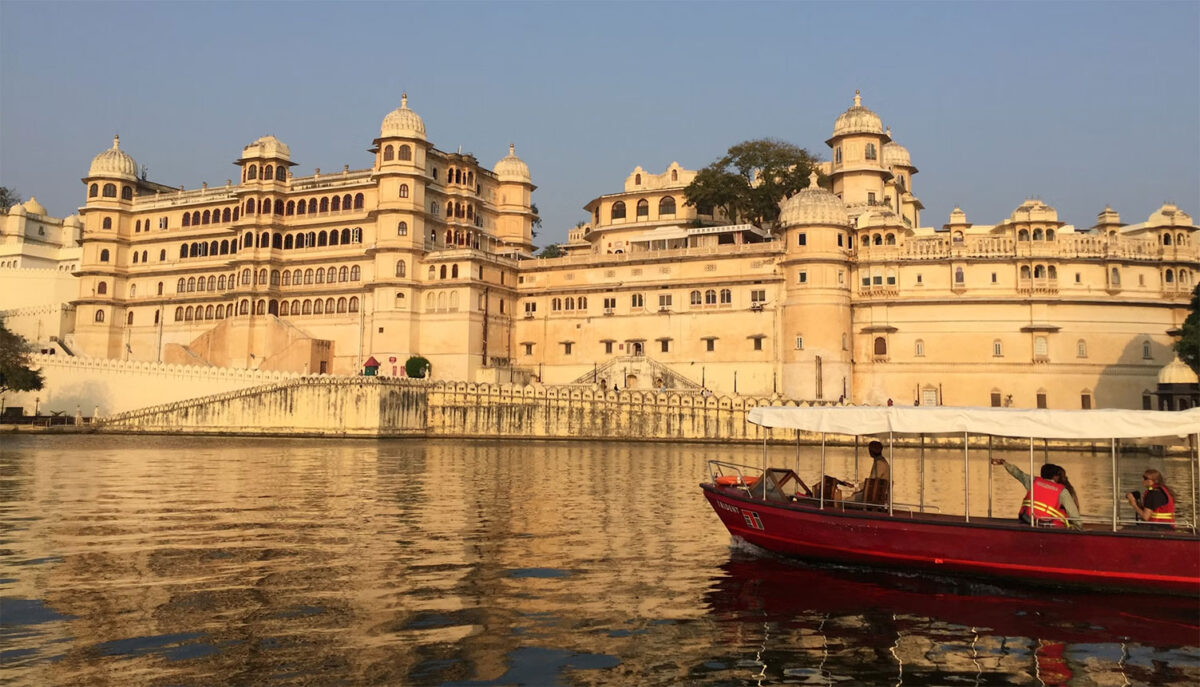

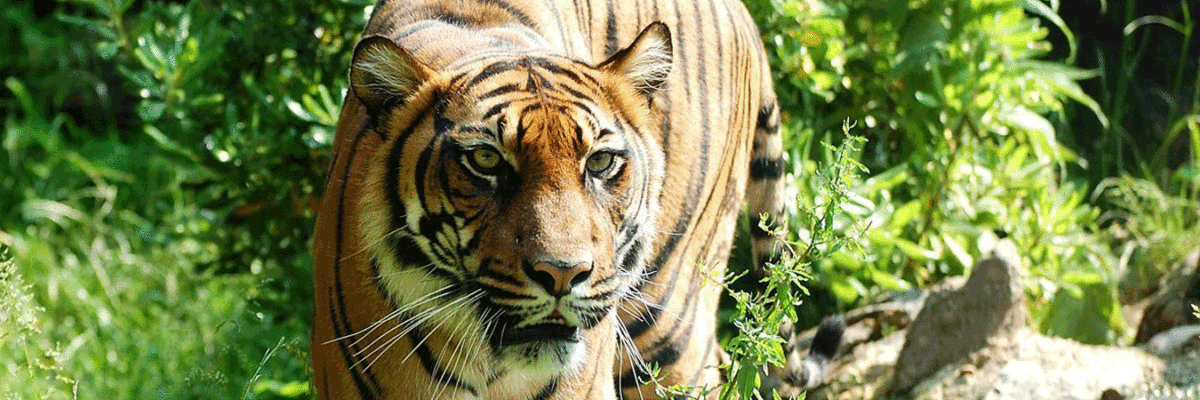
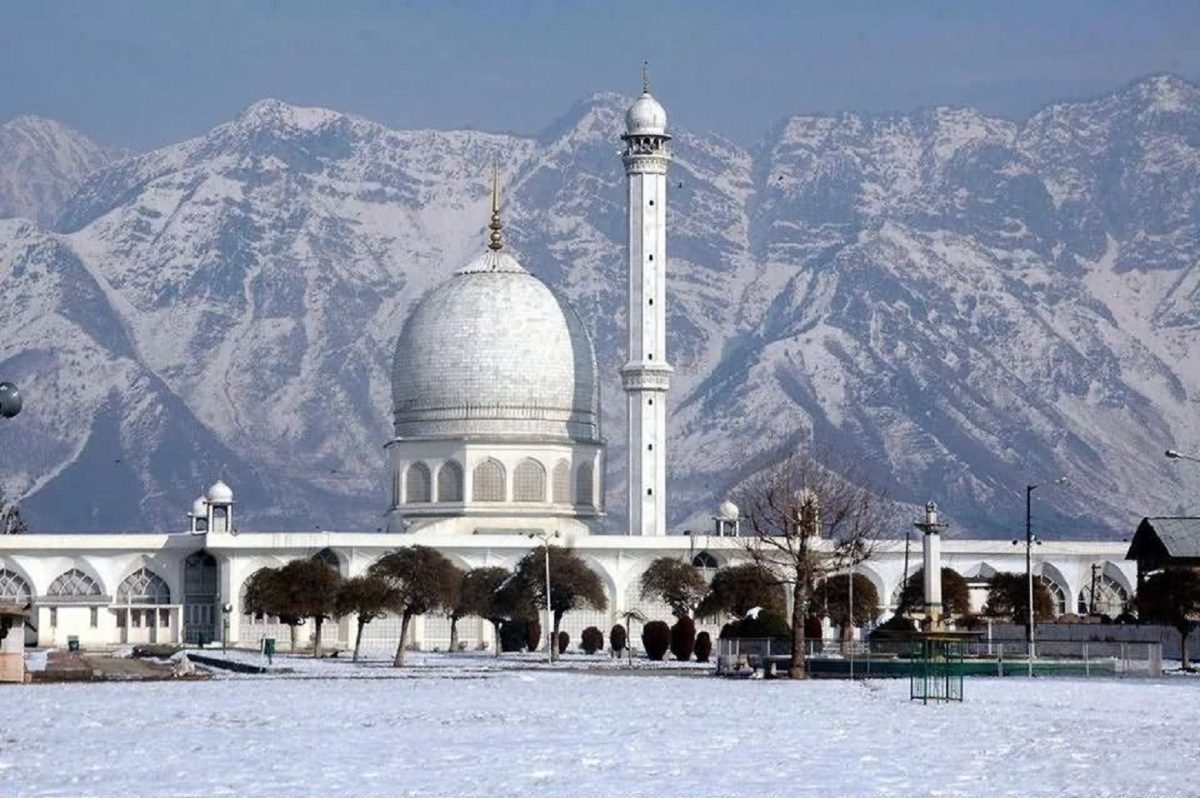
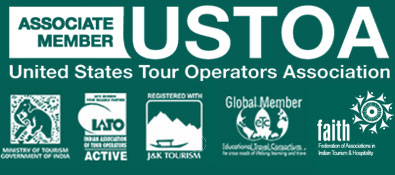

 +1-(765)-586-1210
+1-(765)-586-1210 +44-2030-2689-44
+44-2030-2689-44
